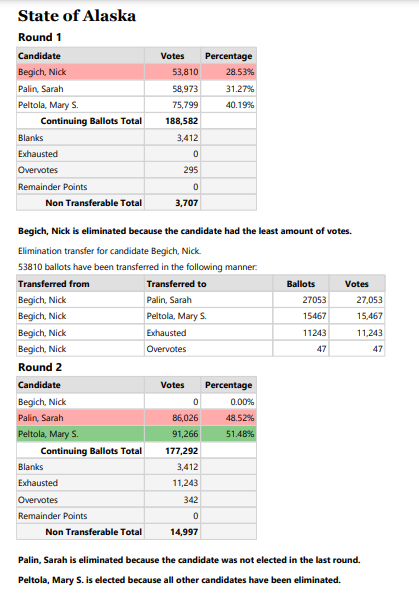@jack-waugh It pretty easy to analyze how IRV and BTR work with a simple 3-candidate cycle that's like Rock-Paper-Scissors. Since this defeat line is circular we can assign whatever label to the candidate that has the most first-choice votes, say "Rock".
So it's Rock > Scissors > Paper > Rock ...
Now in the semifinal round, it's either
- Rock
- Paper
- Scissors
or it's
- Rock
- Scissors
- Paper
in the ranking of first-choice votes.
In the IRV case, Paper wins the first scenario and Rock wins the second. It's inconsistent.
In the BTR case, Scissors and Paper have a runoff, Paper loses and is eliminated, then Rock always beats Scissors in the final round.
For the 99.9999% of the cases (that either have a Condorcet winner or a simple Rock-Paper-Scissors cycle), the result with BTR is the same as using "straight-ahead" Condorcet and explicitly using plurality as the "completion method" for how to elect a candidate if there is no Condorcet winner. Then it really is a question of which has simpler language? BTR-IRV or simple Condorcet with an explicit completion method for the contingency that there is no Condorcet winner.
